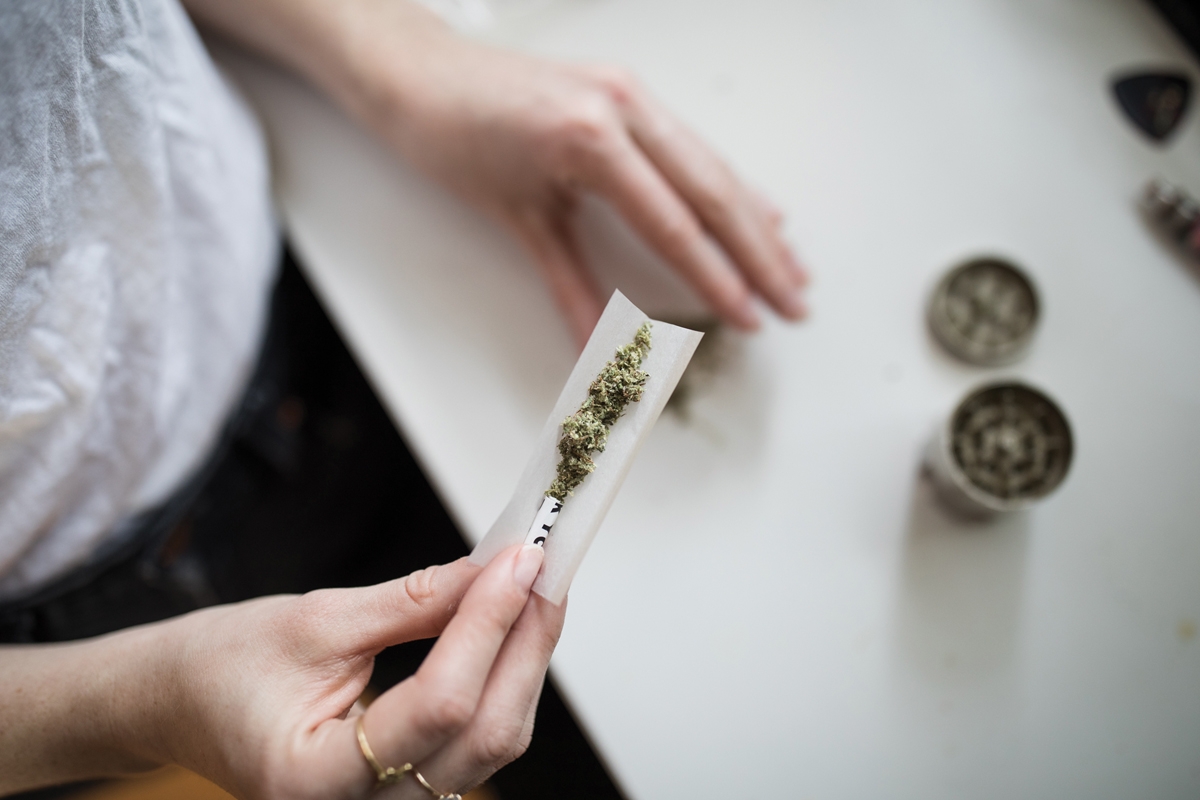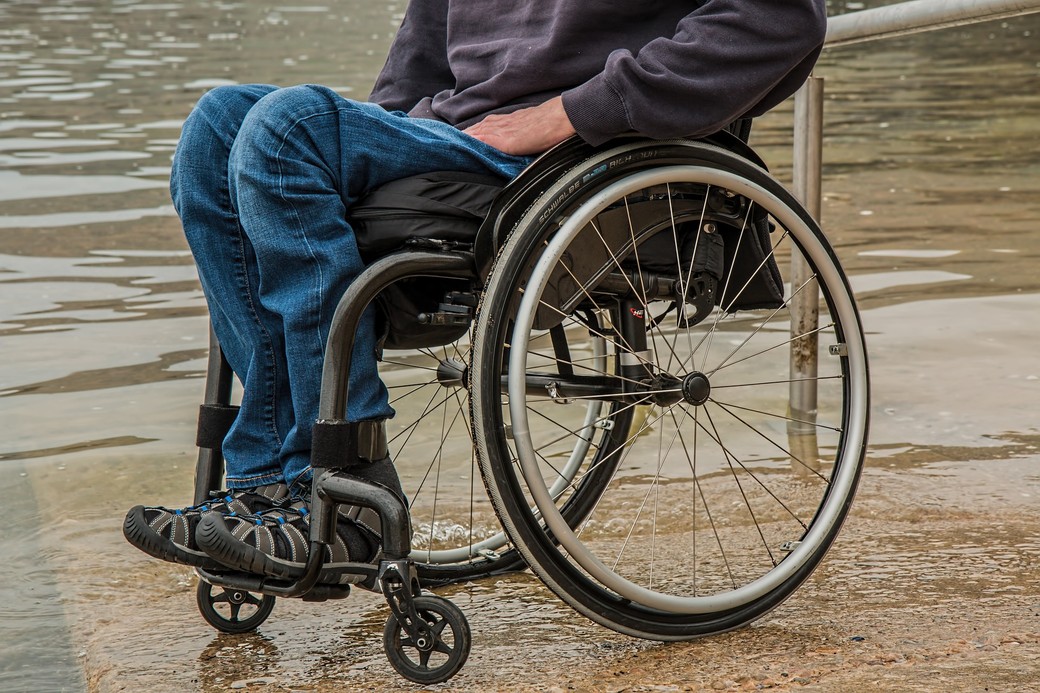
No such thing as a harmless habit: efforts to educate and protect youth on cannabis use
Many adults recall their own experiences with cannabis, at a time when smoking marijuana was a symbol of a rebellious spirit, shared by a group of friends who each took a puff before passing it along.
Whether or not they have opened up to their children about their experience with the recreational drug, perhaps one of the reasons kids don’t see marijuana use as dangerous is because they know (or think they know) their parents once smoked it. And they turned out okay, right?
Wrong.
While marijuana use by youth is far from a new phenomenon, a lot has changed since the golden days of cannabis.
Even as attitudes towards cannabis use become increasingly more liberal since its legalization, one thing remains certain: many Canadians believe keeping cannabis out of the hands of youth is important.
Effects
It is estimated that Canadian youth have among the highest rates of cannabis use compared to their peers in other developed countries. According to a study published by the Canadian Centre for Substance Use and Addiction (CCSA) in 2018, cannabis remains the most commonly used illegal (now legal) drug among Canadian youth aged 15-24.
In an earlier report published by the CCSA on the effects of cannabis use during adolescence, youth often described marijuana “as a substance everyone is using all the time.” This reveals another fact about youth and cannabis use which is that they generally consider it to be less harmful than alcohol and other substances.
Wrong again.
The tetrahydrocannabinol (THC) component that gives the “high” in cannabis affects the same biological system in the brain that directs its development. A growing body of evidence suggests that the use of cannabis during one’s adolescent years can have serious harmful effects on brain development, particularly the prefrontal cortex.
Dr. Andra Smith, a neuroscientist and psychology professor at the University of Ottawa who studied the effects of marijuana on youth says youth are especially vulnerable.
“The prefrontal cortex is what optimizes our potential for success in the future whether it be in work, relationships or academics and cannabis can hijack that optimization,” says Dr.Smith.
If it can take up to age 25 for the brain to develop fully, and the legal age for marijuana use is set as low as 18 in some provinces and territories, what is being done to dissuade youth from using cannabis?
Risk Awareness
Chief among the Government of Canada’s public health concerns is helping to increase awareness of the harms associated with cannabis use and rescinding misconceptions among youth.
The total planned investment in cannabis public education, awareness and surveillance is more than $100 million over six years.
A number of public education campaigns have been underway since the spring of 2017 including a campaign on drug-impaired driving entitled Don’t Drive High. More recently, Health Canada launched an advertising campaign whereby questions from the public are answered by cannabis experts.
Health Canada is also focused on campaigns targeting parents. By partnering with Drug Free Kids Canada, Health Canada was able to distribute more than 180,000 “Cannabis Talk” kits to help parents talk to their kids about marijuana use.
In order to better connect with youth, a combination of both traditional and digital tactics have been used including signage in cinemas, restaurants, public transit as well as social media including Facebook, Instagram, Spotify and YouTube.
Just because cannabis is now legal does not mean its effects are benign for all users. With a young population who are disproportionately more likely to use cannabis than those in other age groups, as well as other developed countries, it is important that the government continue to promote such campaigns to delay youth cannabis use.
The prevention or delay of cannabis use among adolescents is of utmost importance at this time. As the second country to legalize marijuana use we must remember, the world is watching us.










